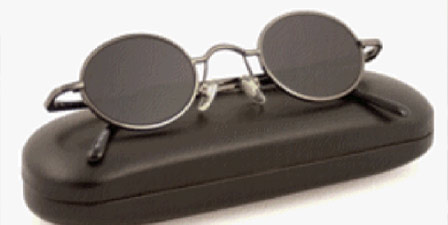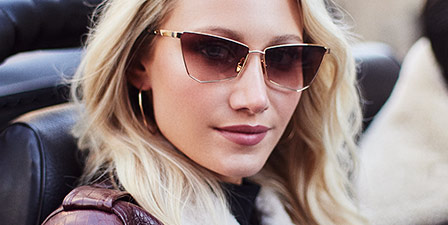By Danielle Crull, ABOM

When helping kids with glasses, it’s important to remember that glasses-wearing is essential for ametropes, particularly for high ametropia or anisometropia because long-term visual impairment may result due to visual deprivation. One of the crucial steps to developing a good vision care plan is to take the time to educate parents about how indispensable it is for their child to actually wear the glasses.
When children are prescribed full-time wear, our instructions need to be more than just “You wear your glasses all the time.” Not every pair can, or should be, worn ALL THE TIME. Taking the time to talk about the differences between dress, sportswear, and specialty glasses will not only help increase your sales but will also truly address their child’s extra needs.
It’s essential to find out about a child’s lifestyle, just as you would for any adult. Does your child swim? Do they play sports? How much time do they spend outside, or on computers?
The answers might lead to an explanation that their child’s one pair of glasses doesn’t work for all their different activities. If the child spends a significant amount of time in a pastime where they cannot wear the glasses, then their visual health may suffer. Satisfying the child’s extra needs is fundamental. It’s simply not acceptable for them to just go without their glasses.
Here are some of the extra needs that kids may have.
- Sports glasses–Taking glasses off for sports is not an acceptable solution. Taking the glasses off certainly protects the glasses but leaves the child with subpar vision. This is something that can lead to a delay in their visual development. In a fast-moving sport, uncorrected vision also puts the child in danger of sustaining an injury. I find that kids with properly fitting sports glasses play more confidently and have an overall better experience.
- Swim goggles–Many kids will spend hours every day swimming indoors or out. Why not make sure they are continuing their visual development by purchasing a pair of prescription swim goggles? Even swim goggles fit with just a spherical equivalent are better than no correction at all. While it’s true that Rx swim goggles are more costly than dollar store swim goggles, they still can be purchased at an affordable price. Most parents assume that goggles are equivalent in price to their child’s dress glasses, so they don’t consider buying them.
- Sunglasses–Prescription sunglasses often seem superfluous to parents. Many times kids will come in already wearing an inexpensive pair of sunglasses. When you see this, you know that the parents are aware of the importance of protecting their child’s eyes from UV rays and irritating visible light. It’s just a matter of pointing out that taking off their prescription glasses to wear non-prescription sunglasses is simply not an acceptable option. Be sure to go over options of photochromic lenses, clip-ons for existing glasses, or a separate pair of sunglasses.
- Emergency glasses–What happens if their child’s glasses break? Those crucial days waiting for a repair or replacement can delay overall visual development. An amblyopic eye without correction can revert very quickly. Talk with parents and let them know that an extra pair is part of a good vision care plan.













